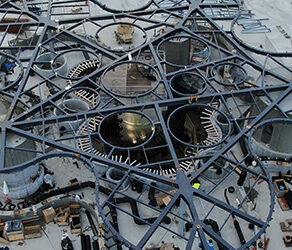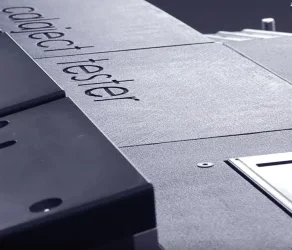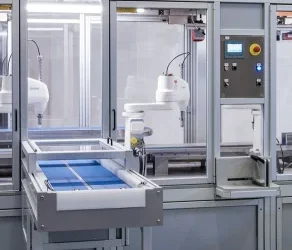Get clarity with strain gauge measurement
What are strain gauges?
- Steel
- Stainless steel
- Aluminium
- Composites
Why are strain gauges relevant to you?
How do we use strain gauges together?
- Verification of structures and structures
- Clarity of the load on a structural element
- Wireless measurement in the case of rotating components or shafts
- Measurements of pressure equipment
- Optimization of a simplified FE model or as a supplement to an FE modeling
- Use of strain gauges in combination with situational data processing
- Incorporation of strain gauges into a specially developed product
- Mechanical performance analysis and frequency analysis
- Live monitoring of stresses from simultaneous measurements

Contact Frederik
Selected cases
HSM Industri Opera Park
Strain gauge measurements on steel structureTech Invent has conducted strain gauge measurements on the preloaded steel structure, Operaparken, for the steel construction company, HSM Industry. Tech Invent delivered both live-monitoring measurements during installation...
Calaject tester
Cost-effective quality check of instrumentsIt does not always make sense to manufacture an expensive product in industrial quality. Processes can be automated with inexpensive special machines, which is the case for the Calaject tester that Tech Invent has developed...
Deboxing machine
The deboxing machine opens cardboard boxes, unpacks their contents, and presents them for repackaging. The box is opened by cutting off and removing the lid. Typically, there is an instruction manual inside the box, which the machine also disposes of along with the...
Contact us and let's talk about a possible collaboration or a specific task



